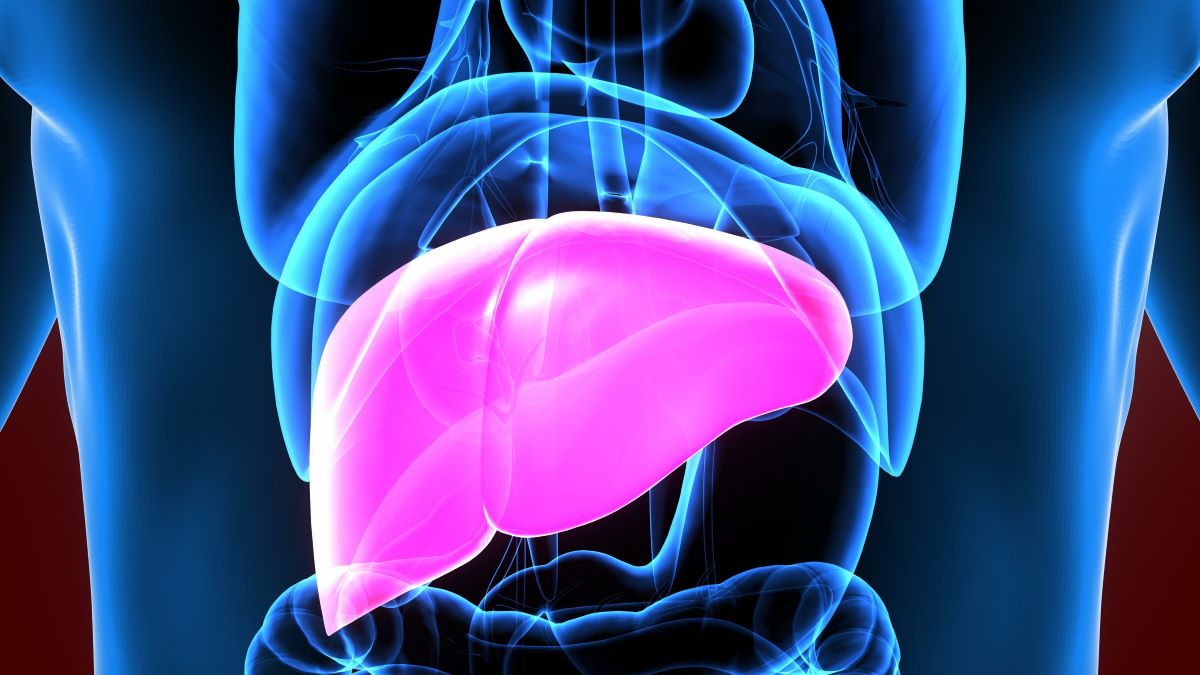However, similar incidence densities of death, decompensation, liver transplantation seen for transgender, cisgender adults
By Elana Gotkine HealthDay Reporter
MONDAY, July 29, 2024 (HealthDay News) — Transgender adults have higher prevalence of cirrhosis, but they do not have increased incidence of liver-related outcomes or all-cause mortality, according to a study published online June 25 in the American Journal of Gastroenterology.
Hirsh Elhence, from the Keck School of Medicine at the University of Southern California in Los Angeles, and colleagues identified all transgender and cisgender adults to calculate the age-standardized prevalence of cirrhosis. Age-standardized incidence densities of liver-related outcomes (decompensation, transplantation, and hepatocellular carcinoma) and all-cause mortality were calculated among those with incident cirrhosis diagnoses. Using inverse probability treatment weighting to balance transgender and cisgender populations on demographic and clinical characteristics, five-year survival was examined.
Overall, 0.07 percent of the 64.6 million adults were transgender, and 0.09 percent of the 329,251 adults with cirrhosis were transgender. The researchers found that the prevalence of cirrhosis was higher for transgender versus cisgender adults (1,285 versus 561 per 100,000). Among those with cirrhosis, compared with cisgender adults, transgender adults had higher proportions of anxiety (70.7 versus 43.2 percent), depression (66.4 versus 38.4 percent), HIV/AIDS (8.5 versus 1.6 percent), and alcohol (57.5 versus 51.0 percent) and viral (30.5 versus 24.2 percent) etiologies, although confidence intervals were overlapping. Similar incidence densities were seen for death, decompensation, and liver transplantation between transgender and cisgender individuals. In addition, similar five-year survival probabilities were seen for transgender and cisgender individuals.
“Our findings suggest that transgender individuals represent a vulnerable population that require specific attention from clinicians and researchers alike,” the authors write.
Copyright © 2024 HealthDay. All rights reserved.








